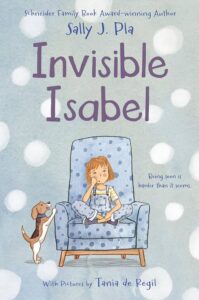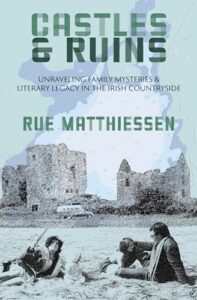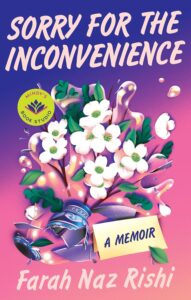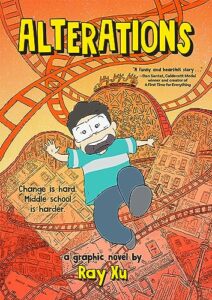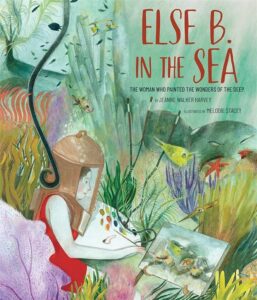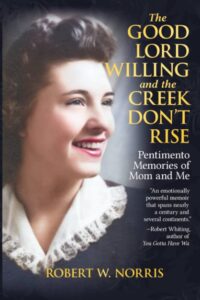Isabel Beane lives in a house that’s hardly ever quiet. With five siblings and parents on the go, there’s always some hullabaloo. If anyone in her family stayed still long enough, she might tell them about the worry moths that flutter inside her, or the way the new girl at school has been mean to her and turned other girls against her.
Yet every time she tries, her words don’t come out loud enough to be heard. When she experiences an event in class one day, people finally slow down enough to listen. Can Isabel find her voice to make them understand how she feels?
Invisible Isabel by Sally J. Pla is a sweet tale about a neurodivergent girl who knows what she feels is real even when others tell her it’s all in her head. Isabel has quirks that others don’t understand and that sometimes make them feel uncomfortable. For instance, she hums or rocks to calm herself when she’s feeling overwhelmed.
The book is great at helping young readers see Isabel for who she is instead of the oddities she displays to help her cope with a busy life. The illustrations show Isabel in all her situations and appear in soft colors, which enhances the story.
I recommend it for readers aged 8 to 10.
The publisher provided a copy of this title in exchange for my honest review.

